One of our goals as classroom teachers is to develop children, who both, CAN and DO read. When we are successful, children often become voracious readers and keeping them in books can be a challenge.
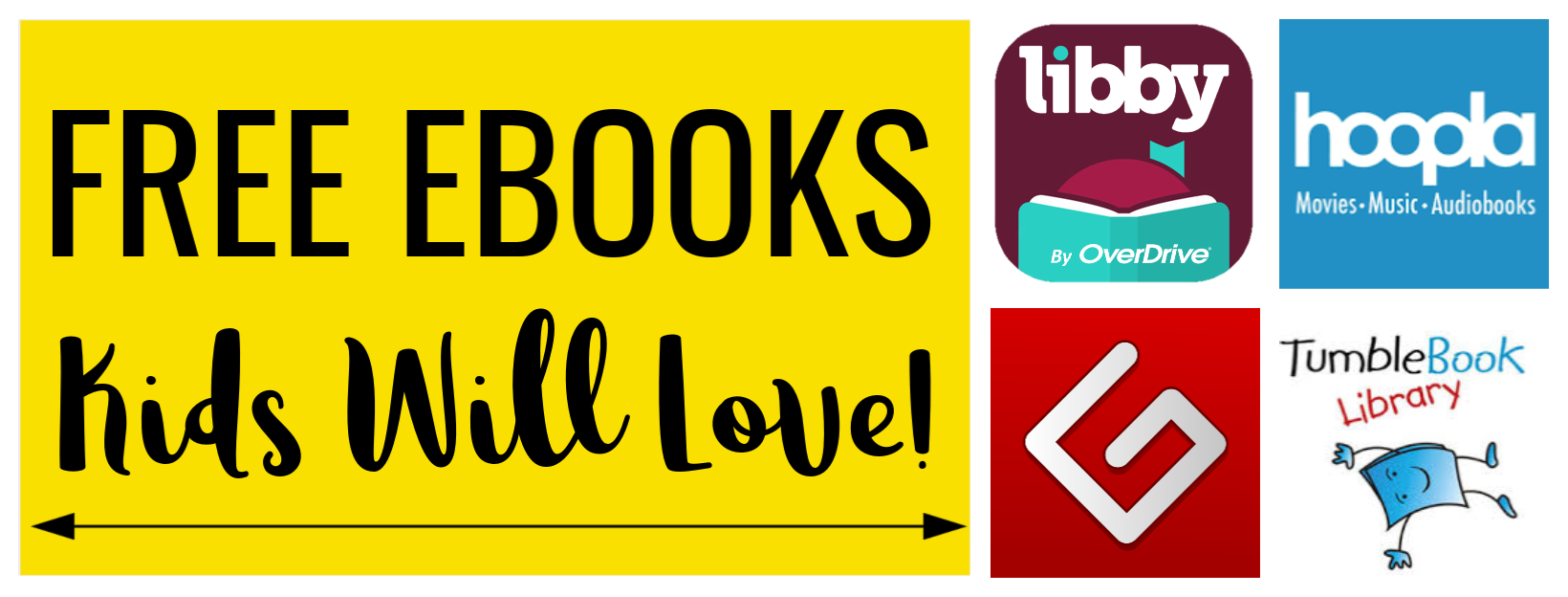
The following chart summarizes the difference between children who read 20 minutes per day (the “do” readers) and the children who read 1 minute per day (the “maybe can” readers):

Reading experts, such as Richard Allington, often talk about 1000 book classrooms! While I own lots of books in my classroom collection, having the book a child wants is just not always possible for teachers or parents. More and more we are turning to free eBooks as a source for reading material at school and at home…. specially during the summer months. There are some really great places to get high quality eBooks for children that are also free.
FREE eBOOKS
My favorite places to get free eBooks are Overdrive / Libby and Hoopla. These services are available through the public library or your school. All you need is a library card or school ID number. Libraries and schools purchase these services on your behalf so you can access them. You need to check your school or library website to see which eBook services they have. In addition to their own collection of e books, my local library has two services with Overdrive / Libby available through the State of North Carolina at NC Kids and Hoopla. If your students don’t have library cards, they can apply for one online…generally no trip to the library is required:
OVERDRIVE / LIBBY
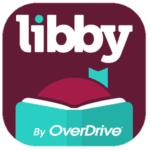 Overdrive / Libby allows you to download e books and audio books. In some cases, you can have both so a child can look at the text and listen at the same time. You can load the books on either a mobile device or a computer.
Overdrive / Libby allows you to download e books and audio books. In some cases, you can have both so a child can look at the text and listen at the same time. You can load the books on either a mobile device or a computer.
HOOPLA
Hoopla is a bit different than the first library access sources of books mentioned because all their books are on-demand. That means you don’t have to wait for someone else to finish using the material. This service also has movies, music and graphic novels if your library as purchased these options.
TUMBLE BOOK LIBRARY
Tumble Book Library is also a subscription e book service that many libraries have, in some cases only through August. The nice thing about this service is that there are activities to go along with the books. Many of the picture books are set up so you can read along or listen along to the books.
CLOUD LIBRARY
Cloud Library is a newer product for e books. Again, you will need a library card number for these books. This service operates through an App so you can either read online or download the books.
There are other free eBook services available through non-profit organizations:
- International Children’s Digital Library books focus on diversity in its collection with 4000 book titles in 50 languages. This service requires an internet connection to read the books.
- Storyline Online is run by SAG-AFTRA Foundation and features actor and actresses reading books to children. These stories tend to be for younger children and include materials for English language learners.
- Open Library is an online archive of about 20,000 for both adults and children.
- Project Gutenberg is a collection of free classic books for which the copyright has expired so access is limited. If you are looking for a classic book for older children, this is a great source.
- Goodreads is not a typically free source of e books but sometimes you can find books that you can download free of charge. I’d use this one as a last resort of you are trying to find a particular book in e book form.
As we move further into the digital age, as teachers we need to watch for these ever-changing resources available to us and our students. Children need to have experiences with “real” books and electronic books. It is not the format but the opportunity to read that matters.
“I have a passion for teaching kids to become readers, to become comfortable with a book, not daunted. Books shouldn’t be daunting, they should be funny, exciting and wonderful; and learning to be a reader gives a terrific advantage.” – Roald Dahl
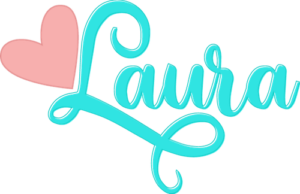
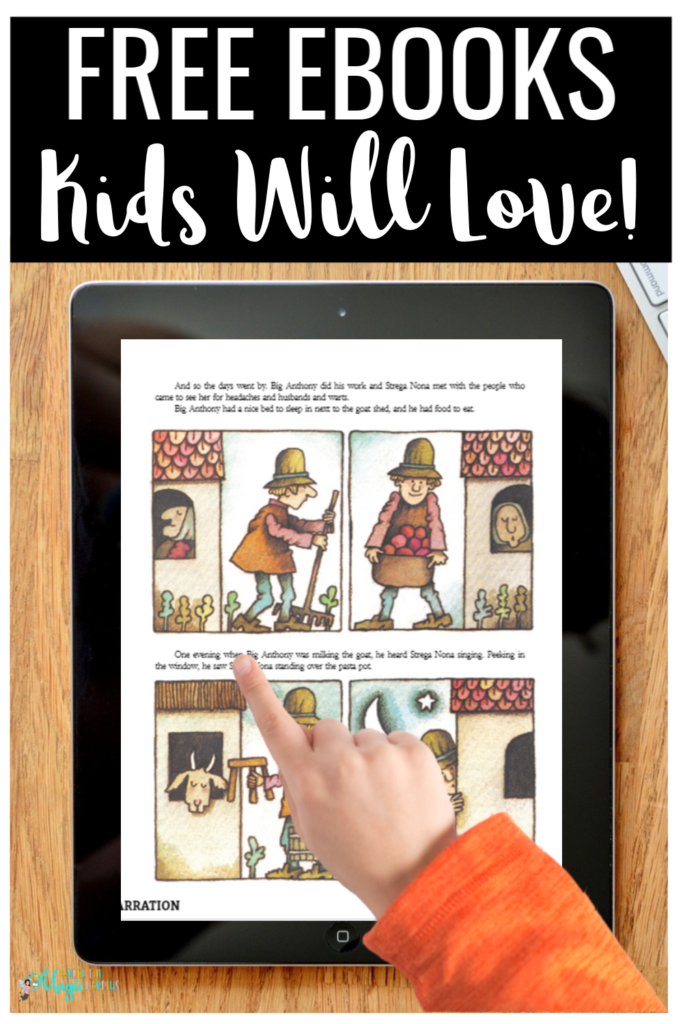
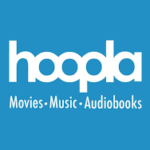
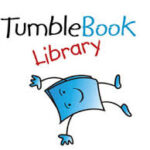
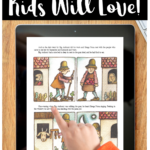
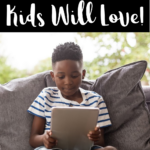
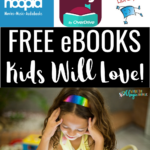
[…] a document camera or by sharing your screen in an online environment using digital books. I wrote THIS article about digital books. The key is that students need to be able to see the text. Unless a […]